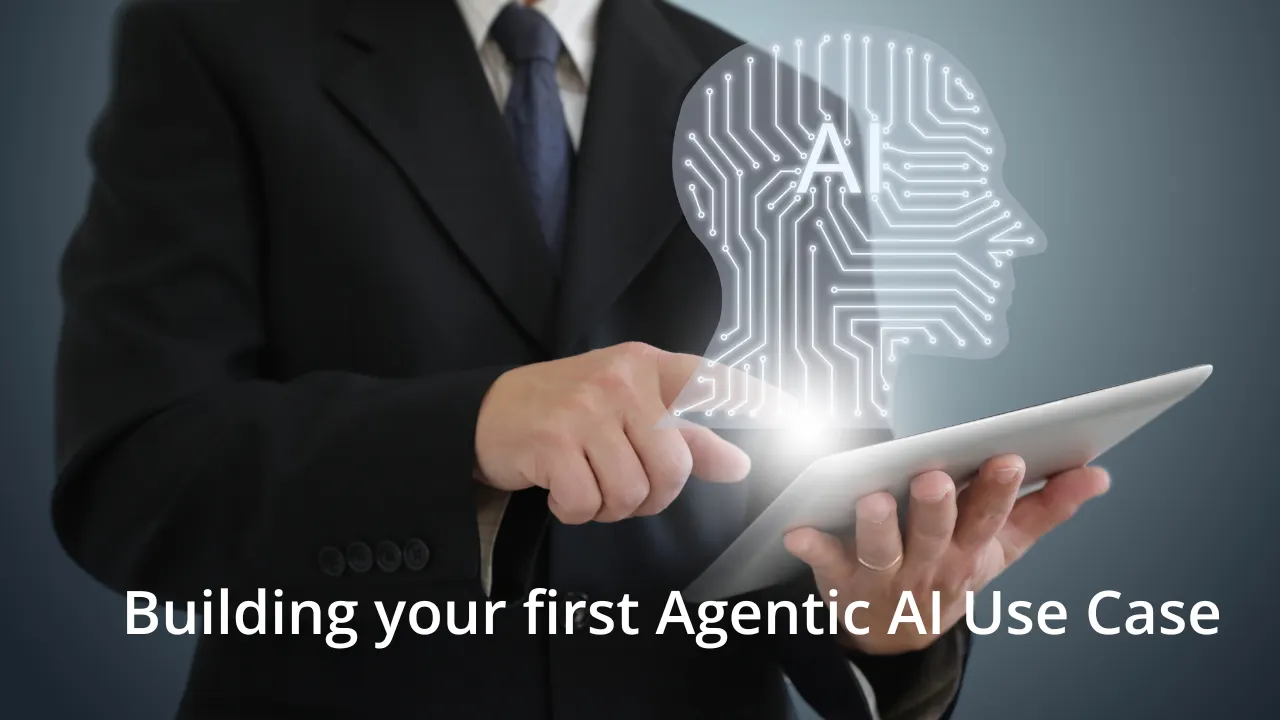In today’s day and age of technological advancement, organizations all over the globe are looking to automate and streamline their Accounts Payable and Invoicing processes. Hence adopting an AP Automation Suite with e-Invoicing capabilities seems like a no-brainer with the numerous benefits organizations reap from the initiative, like lower invoice processing costs, optimized working capital, better visibility into the entire invoice cycle, better liquidity management and stronger supplier relations.
Learn More: Merlin for AP Automation Software;
However, for an organization to derive the maximum value out of this digitization initiative, they need to be mindful of a few factors. These factors become critical in determining the success of an AP Automation initiative:
- Benchmarking : The first step here should be performing a baseline analysis against a number of key AP metrics of world class organizations, a few metrics that can be used are mentioned below:
Performance Area Peer Group World Class ROI Gap
Cost per invoice $17.61 $2.42 86% more savings
Early Payment Discount 0.02% 0.16% 700% more discount earned
(taken as % of Spend)
Invoices per FTE 9091 25,047 175% more invoices per FTE
Invoice Cycle(PO Days) 7 5 29% faster cycle time
Invoice Cycle(Non-PO Days) 10 7 30% faster cycle time
- Conduct a business case analysis: It is likely that your proposal for digitizing your Accounts Payable function will be competing for budget with other projects. To make the benefits of AP Automation justify each dollar invested, it becomes vital to gauge the ROI from this initiative. Listed below are three steps to conducting a thorough business case analysis:
Perform a current state analysis: Start with analyzing and calculating the current state of things like-
Cost Per Invoice =Total AP Cost / Annual Invoice Volume
Total A/P Cost = FTEs* Average FTE C&B+ Outsourcing/Technology Costs
Early Payment Discounts as A % Of Your Total Spend
Annual Invoice Volume
AP Avg. FTE Cost and Benefits
Calculate Potential Benefits : The next step would be to calculate benefits from the AP Automation initiative, this will include:
Early Payment Discounts Captured
Invoice Processing Cost Savings
Improvements in cycle time
Improvements in AP FTE utilization
Analyze e-Invoicing Investment Cost: This step will include, stating the costs the company will incur when they invest in an AP Automation solution.
These should include both recurring and one-time costs.
- Focusing on Adoption: AP Automation is an enterprise system that involves multiple stakeholders including thousands of suppliers and e-Invoicing users. To ensure successful transition and maximum ROI from Automation the suppliers will have to be enabled and on-boarded for e-Invoicing.
- Prioritization of Plan: An Automation initiative can only be successful if it is executed well. Smooth glitch-free implementation of the Automation can be ensured by keeping a note of the following:
1. Commence with technologically sound suppliers: The suppliers should be segmented on the basis of advancement in technology.
The ones who are strongest in this parameter should be approached first.
2. After segmentation, prioritize the supplier with maximum proportion of your invoices and transaction volume
3. Prioritize the geographies that can easily adapt to this change
4. Set specific target milestones and timelines for each phase
- Visualizing the Future State: A critical analysis will give the organization an insight into targeted performance levels. But this analysis will also help you identify and leverage future process optimization and digitization opportunities throughout the invoice life cycle.
An elaborate plan that is built based on the steps that this article spells out while adopting and Automating their invoicing process will ensure the organization reaps maximum benefits and also that their entire transition process is streamlined and smooth.
To obtain an end-to-end guide on how to build an Automation Suite roll-out strategy read our whitepaper titled “The eInvoicing Playbook How to Plan for eInvoicing and AP Transformation Success”




























































